5 misconceptions about Tyrannosaurus, including ``The front legs were too small to be useful''

Tyrannosaurus is well known as a representative dinosaur, but common knowledge about its appearance and ecology is constantly being rewritten by new discoveries, such as reports
Five things you probably have wrong about the T rex
https://theconversation.com/five-things-you-probably-have-wrong-about-the-t-rex-220011
◆Myth 1: Tyrannosaurus had poor eyesight
In movies such as Jurassic Park , Tyrannosaurus rexes are depicted as having bad eyesight. However, because Tyrannosaurus had huge eyeballs the size of a grapefruit, it is thought that it was possible to see with five times the precision of a peregrine falcon and 13 times that of a human.
Tyrannosaurus also had excellent color vision, and like birds and crocodiles, Tyrannosaurus could see more colors than humans, and could even see ultraviolet light. Therefore, unlike the movie scene where you hold your breath and pass the Tyrannosaurus, scientists believe that it was impossible to deceive the Tyrannosaurus by just stopping its movement.
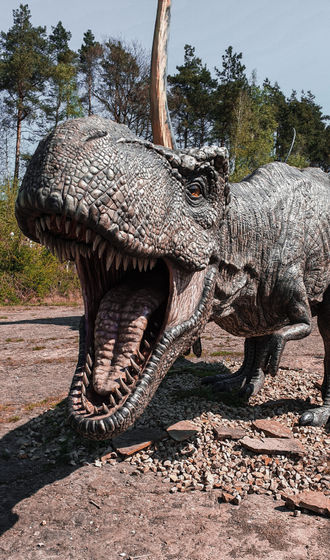
◆Misconception 2: Chickens are direct descendants of Tyrannosaurus rex.
When you look at chickens, you may notice that they have dinosaur-like features such as well-developed legs and scaly skin, so some people may feel that they have something in common with Tyrannosaurus rex. In fact, this misconception is not entirely misplaced; in fact, all birds are thought to belong to a closely related lineage of small carnivorous dinosaurs such as velociraptors.
``So birds are not only descendants of dinosaurs, but in a sense they are dinosaurs themselves,'' says Crane, but it is wrong to say that chickens evolved directly from tyrannosaurs.
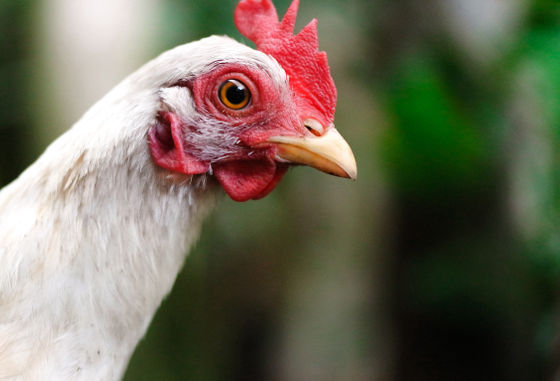
Early birds like Archeopteryx had wings similar to those of modern birds, as well as ancestral teeth and long tails, and they appeared in the Jurassic period, millions of years before tyrannosaurs evolved.
In
Based on these findings, Mr. Crane pointed out that ``Tyrannosaurus is not so much an ancestor of modern chickens as an oversized cousin of all birds.''
◆Misconception 3: Tyrannosaurus' arms were too small to be useful.
Some illustrations of Tyrannosaurus rex depict the palms facing downwards, but it is thought that they could not actually have their palms facing downwards, and instead held their hands facing each other, just as humans clap. .
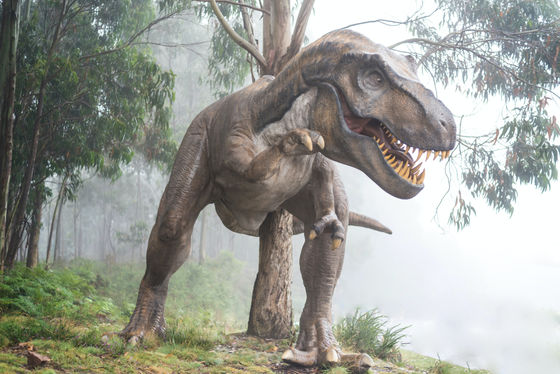
According to research that reconstructs muscles from bone fossils, Tyrannosaurus' arms were strong for their size and had a reasonable range of motion. Therefore, it is thought that Tyrannosaurus' arms were useful in various situations.
So far, the most plausible uses dinosaur scientists have come up with are for grabbing and dismembering prey, and for communication between tyrannosaurs.
The length of Tyrannosaurus's arm is about 1 meter, which is larger than a human arm, but it is certainly smaller than its giant body of 13 meters. This is a common tendency among large theropods; for example, the arms of

by Fred Wierum
◆Misconception 4: Tyrannosaurus and Stegosaurus lived in the same era
Like Tyrannosaurus, Stegosaurus is a well-known dinosaur, so some dinosaur-themed dolls and sweets come in sets with Tyrannosaurus and Stegosaurus.
However, the age of dinosaurs was longer than many people imagine, and Tyrannosaurus lived about 66 million years ago at the end of the Cretaceous period, just before the asteroid impact that is thought to have wiped out the dinosaurs. That was until. In contrast, popular Jurassic dinosaurs such as Stegosaurus and Diplodocus lived about 150 million years ago. Therefore, by the time Tyrannosaurus was roaming the earth, Stegosaurus had already become a fossil under its feet.
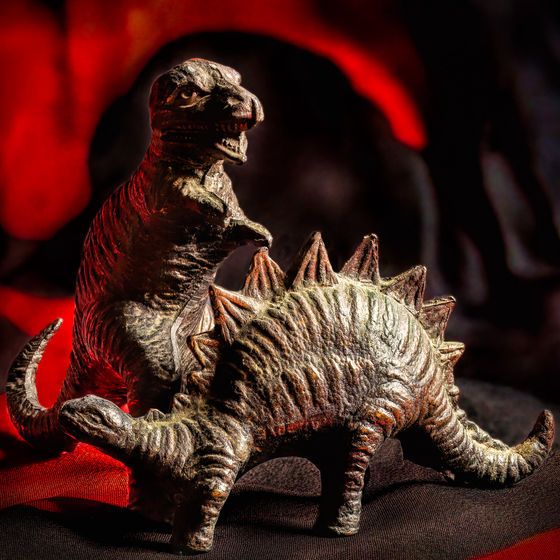
by
◆Myth 5: Tyrannosaurus had scales
The theory that dinosaurs may have had feathers is a matter of debate among paleontologists; for example, fossils of the 9-meter-long Yutyrannus, a relative of the Tyrannosaurus rex, were found covered in fluffy feathers. It has been found.
So, it cannot be said that Tyrannosaurus rex was also fluffy with feathers. This is because Tyrannosaurus was a huge and warm-blooded animal , and if it were covered in feathers, its body temperature would get too high and there was a risk of overheating.
Also, fossilized scale-like skin has been found in various parts of Tyrannosaurus' body. Therefore, Mr. Crane predicted, ``I don't know for sure, but the actual Tyrannosaurus was probably somewhere between a feathered figure and a scaled figure.''
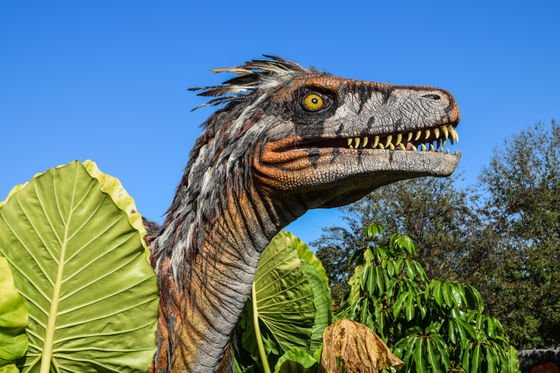
The study of dinosaur body color is one of the most cutting-edge fields in paleontology, and researchers extract pigment-containing capsules from the cells of feathers and scales from fossils and analyze them to determine the colors and patterns of dinosaurs. We are trying to identify. Although we do not yet know what color Tyrannosaurus was, it is known that dinosaurs have various colors and patterns such as red, rainbow colors, and black.
Related Posts:







